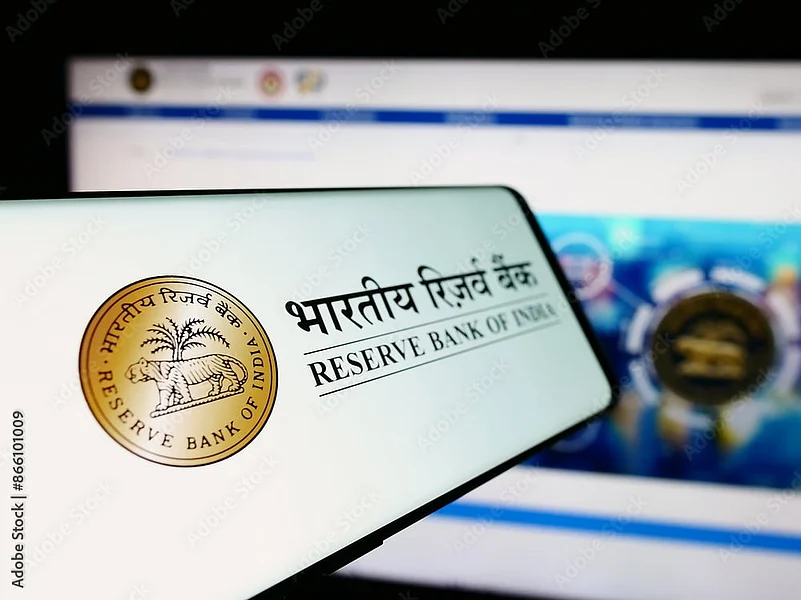The Reserve Bank of India (RBI) is expected to transfer Rs 2.5 lakh crore to Rs 3 lakh crore as a dividend to the central government this year. This figure is much greater than the dividend of Rs 2.1 lakh crore paid last year and would be a huge fillip to the government's coffers. Finance Minister Nirmala Sitharaman has already indicated that the government anticipates receiving a sum of approximately Rs 2.56 lakh crore as dividends from the RBI and public sector banks in FY26.
The last figure is likely to be declared later this month, and if it happens to be around Rs 3 lakh crore, it will be the central bank's record transfer to the Centre.
Why the Dividend is Higher This Year
The main reason for this higher dividend is the RBI's increased earnings from its operations in the foreign exchange market. In the financial year 2024-25, the RBI actively intervened in the currency market to stop the rupee from falling sharply against the US dollar. It did this by selling a large amount of dollars from its reserves.
The RBI has been a net dollar seller since October 2024. From April 2024 to February 2025, it has sold dollars for $371.55 billion and bought $322.68 billion over the same period.
Similar to any company, the RBI profited by purchasing dollars when they were cheap and selling them when they were expensive. The central bank is said to have purchased dollars at around Rs 83–84 per dollar and sold them when the rate appreciated to Rs 84–87 per dollar. The difference between the selling and buying price would have added to the excess profit.
What is RBI Dividend and How is it Determined?
Annually, the RBI distributes some of its excess earnings to the government. This consists of income from investing its reserves, profit from fluctuations in the value of its foreign currency holdings, and fees for printing currency, among others.
Prior to transferring this excess, the RBI keeps aside funds for various expenditures like provisions for bad debt, contributions to employees' pension and retirement funds, and depreciation of assets. Once all these are accounted for, the balance is transferred to the Centre as a dividend. This is required under the RBI Act, 1934.
The yearly transfer is a significant contribution to the government's budget, particularly when tax collections or other revenues are not sufficient. An unexpected dividend implies that the government has additional money to spend on welfare programs, infrastructure development, or financing its borrowing requirements.
Role of Repo Operations
Besides dollar sales, the earnings of the RBI from its liquidity operations have also underpinned the surplus. Repo operations by the central bank might have contributed to the central bank's earnings. Banks in these operations borrow funds from the RBI using government securities as collateral, and the RBI is paid interest for the same.
The joint of income generated through both domestic repo operations and forex interventions is certain to have been much bigger in size this year than last year.
The RBI dividend is one of the important non-tax revenues for the central government. While announcing the Union Budget for 2025–26, the finance minister had estimated that the government was expected to receive Rs 2.56 lakh crore from the RBI and public sector banks together.
If the RBI's final transfer exceeds this amount, it would provide some cushion to the government's finances. It could help the Centre stick to its fiscal deficit target without cutting down on planned spending.
A transfer closer to Rs 3 lakh crore would reflect how the central bank's actions in defending the rupee and managing liquidity have helped its earnings. The actual dividend figure is to be announced shortly.










